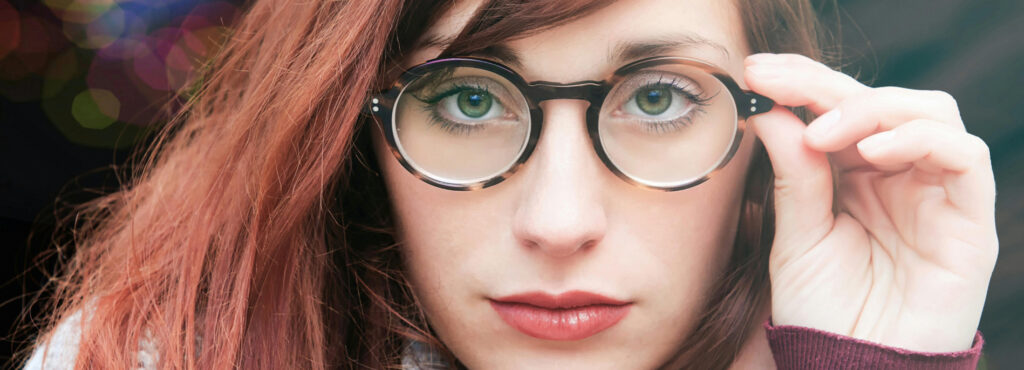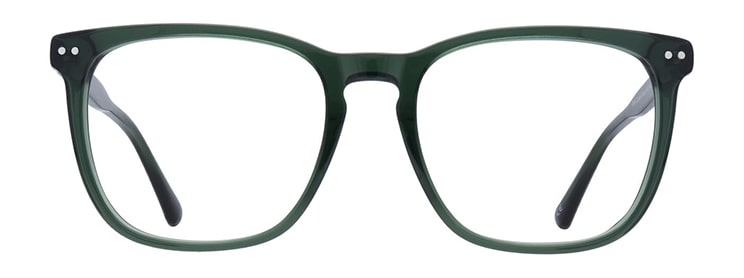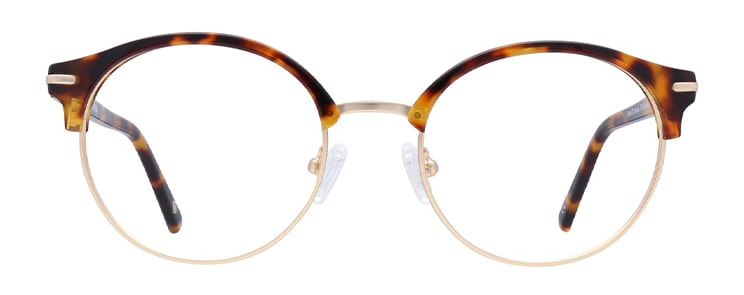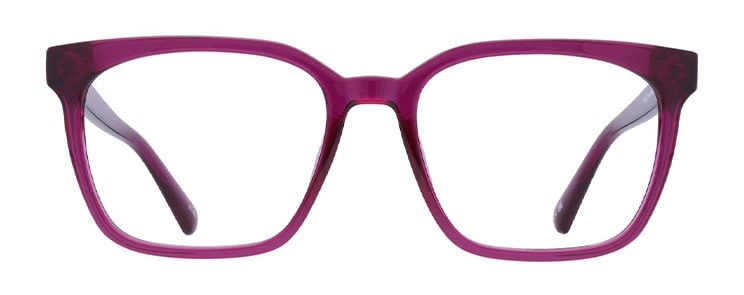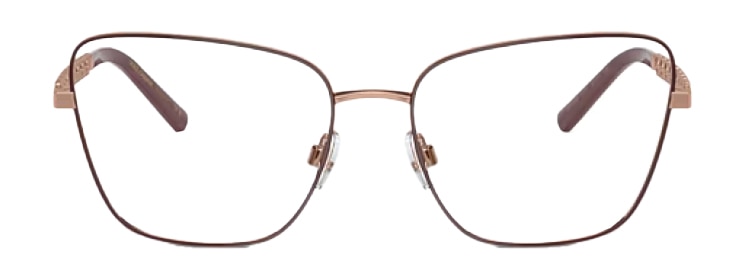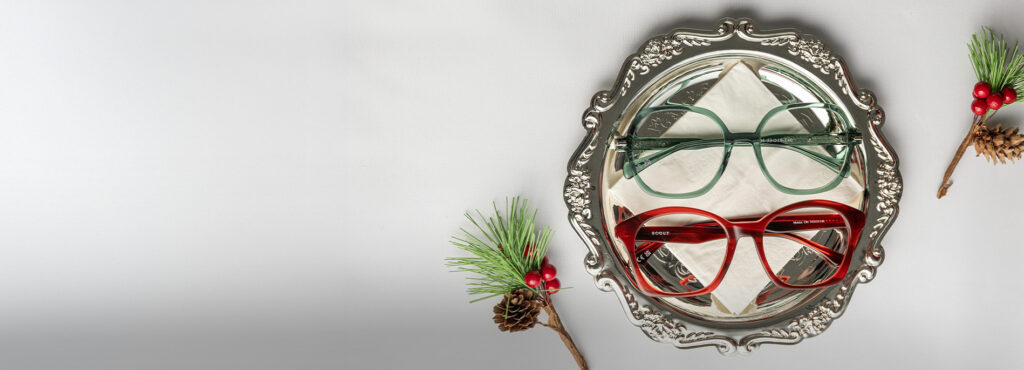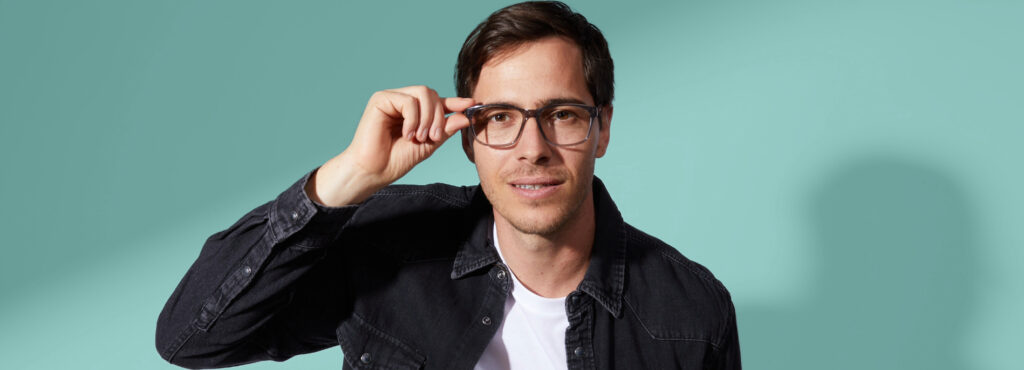Hazel-coloured eyes are truly mesmerising to behold. Speckled with striking flecks of green, gold and brown, sometimes flecked with blue or grey, they stand out as remarkable and distinctive. They often appear to change in different lighting, making them one of the most mysterious and attractive eye colours among the many different eye colours found worldwide.
How rare is this eye colour?
Only around 5% of the world’s population have a hazel eye colour. That makes them one of the rarest eye colours, just as unusual as amber eyes but more common than green, grey, or purple. They’re most often seen in people of North African, Middle Eastern, Spanish, and Brazilian heritage.
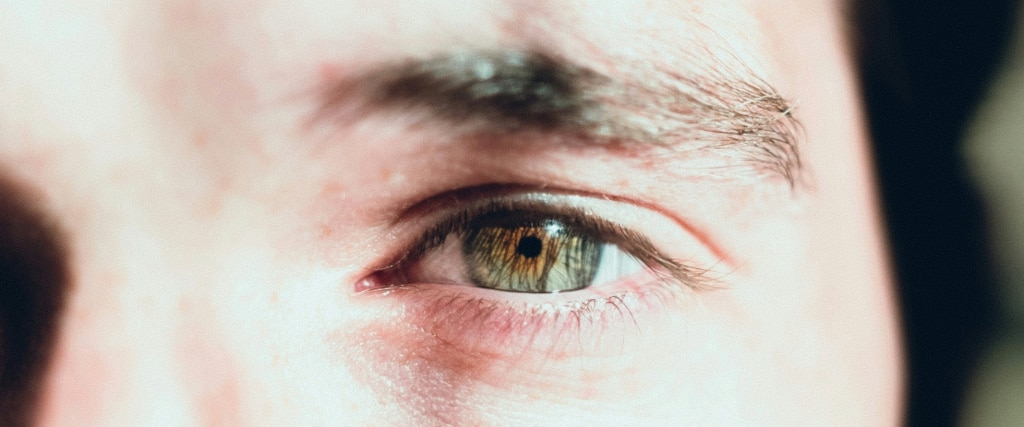
What causes hazel eyes?
Eye colour depends on the amount of melanin in the front layer of the iris and the way light scatters across it. People with dark brown eyes have more melanin, while lighter eyes like blue or green contain less melanin. Hazel eyes sit in between, with moderate brown pigment spread unevenly across different parts of the iris. This mix allows various wavelengths of light to reflect, creating that beautiful blend of green, gold, and brown colours, often described as hazelnut.
This mix allows various wavelengths of light to reflect, creating a blend of colours that can look different depending on lighting conditions. In bright light they may look greener, while in dimmer settings they can appear closer to light brown. This shifting effect is why some people feel their eyes change colour throughout the day.
Eye colour genetics
Hazel eye colour is usually a dominant trait and influenced by multiple genes, including OCA2, and often depends on parents’ eyes. Just one parent with hazel eyes may be enough to pass the colour on. However, genetic mutation and the complex mix of eye colour genetics mean that even two parents with blue or dark brown eyes can have a child with hazel eyes — it’s just less common.
In rare cases, heterochromia can occur — where each eye (or part of the eye) is a different colour.
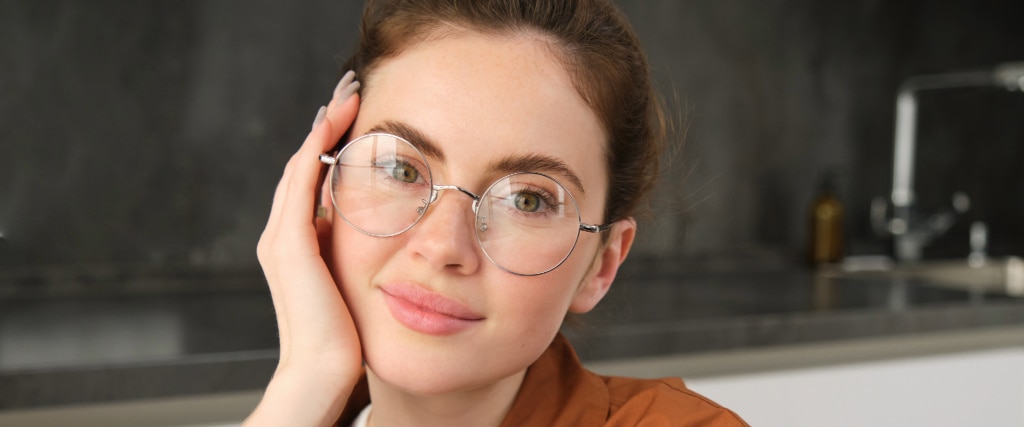
Hazel vs. brown eyes
The difference is variation. Brown eyes have one consistent, solid colour across the iris. Hazel eyes, however, feature specks or sections of green, gold, or in rare cases blue. That uneven distribution gives them their signature depth and sparkle.
Hazel green eyes are well recognised, but brown-dominant hazel shades are the most common eye colour within this group.
Eye care matters
Whatever your eye colour, regular eye tests are key to protecting your vision and spotting eye diseases early. Whether your eyes are hazel, blue, or green, good eye care helps keep them healthy.
What glasses suit hazel eyes?
Hazel pairs beautifully with earthy, deep colours. Here are some of the best frame choices:
- Stand out with earthy tones like browns and greens.
- If your eyes are more brown in colour, contrast them with bold green frames.
- If they’re greener, brown or tortoiseshell frames highlight the warm undertones.
- Golden flecks? Try bright gold or light tortoiseshell for a natural sparkle.
- Want a bolder look? Vibrant red, blue, or purple frames will make your eyes pop.
For even more ways to experiment, coloured contacts and coloured contact lenses let you play with looks — from hazel green to striking blue eyes, just like celebrities such as David Beckham, who famously draws attention to his hazel eye colour.

